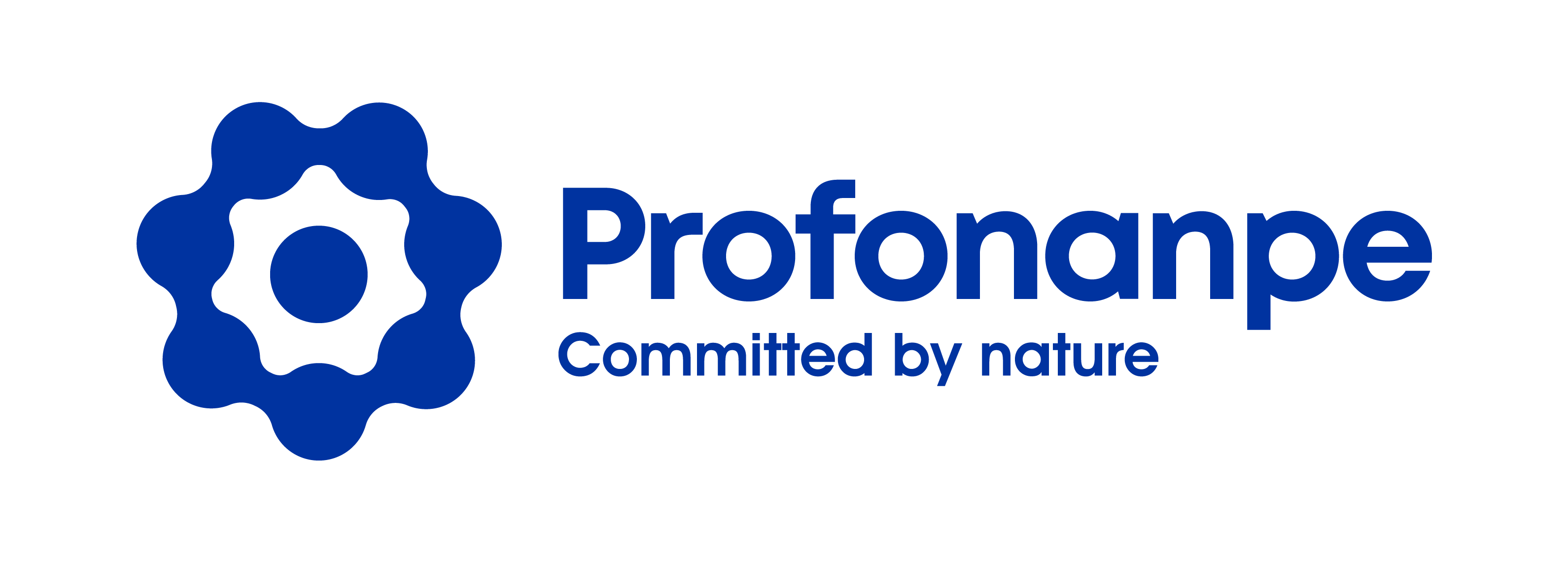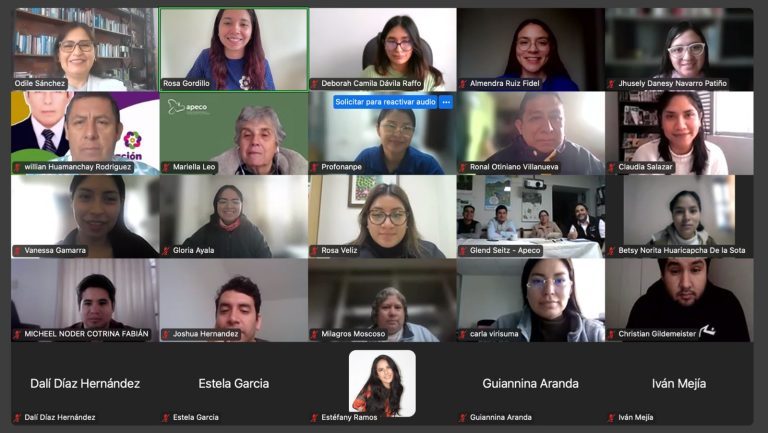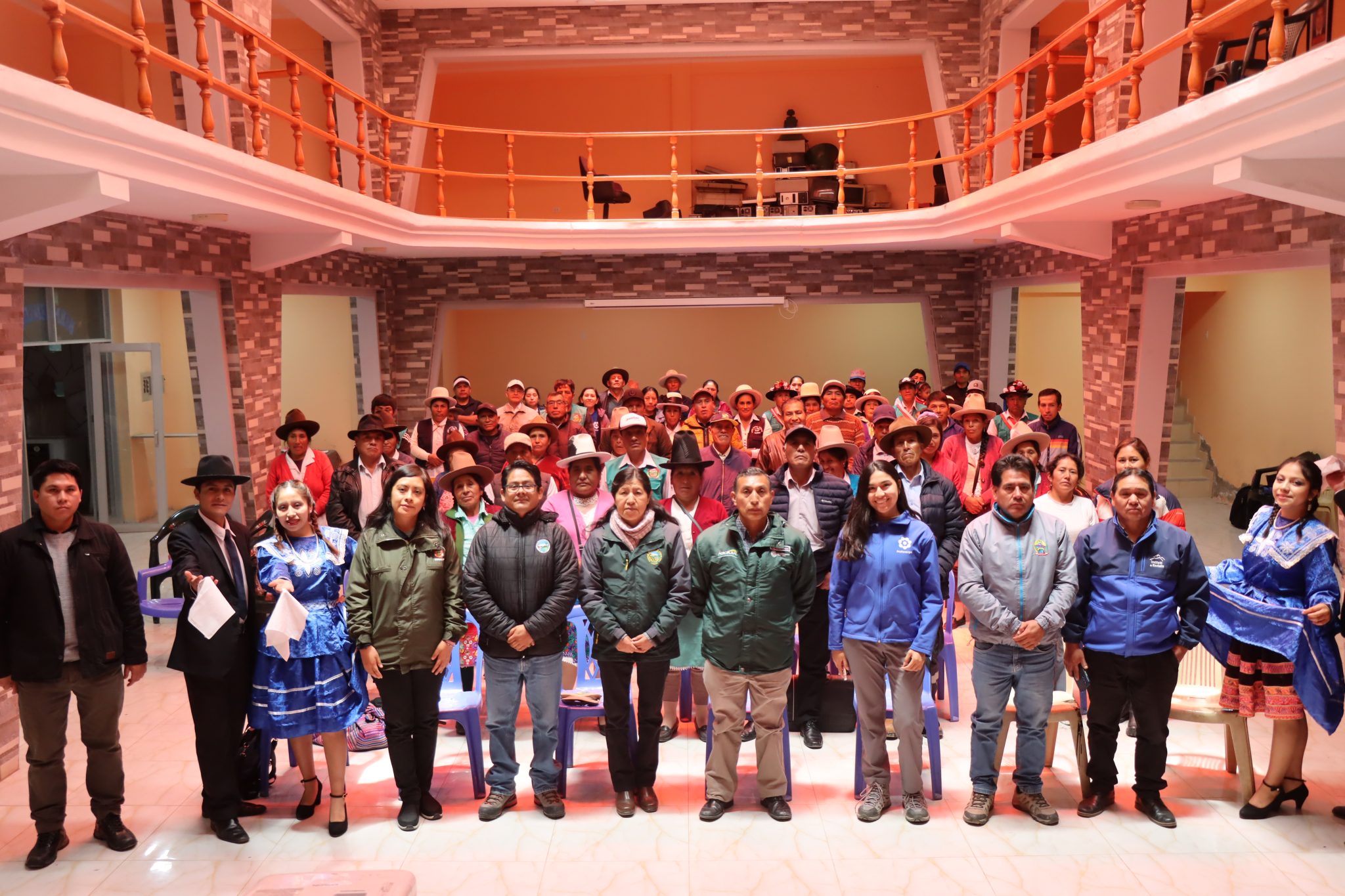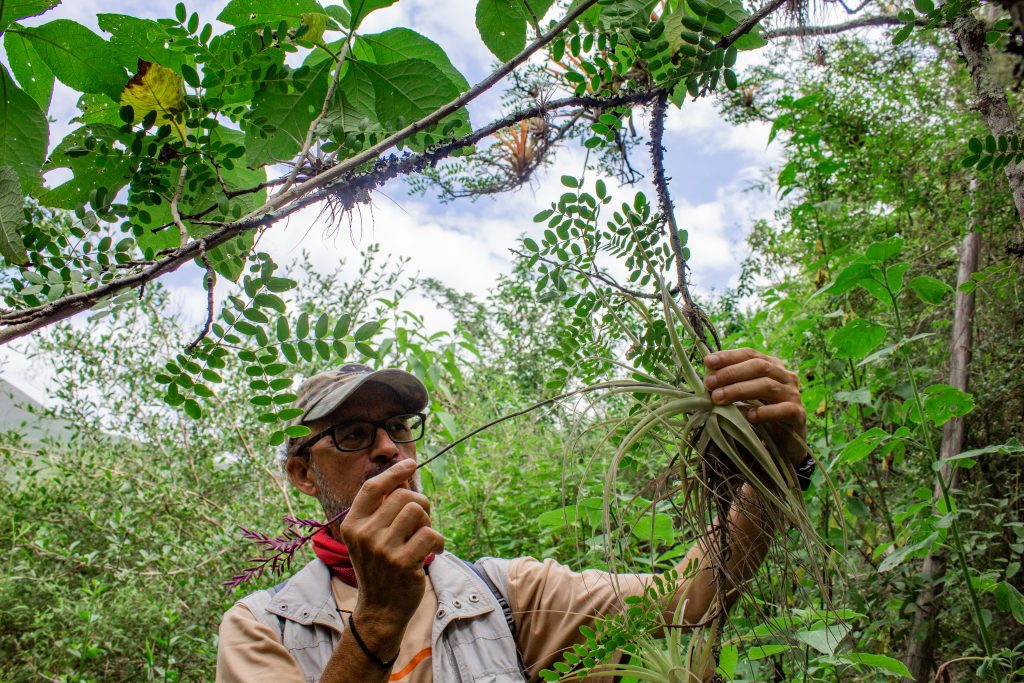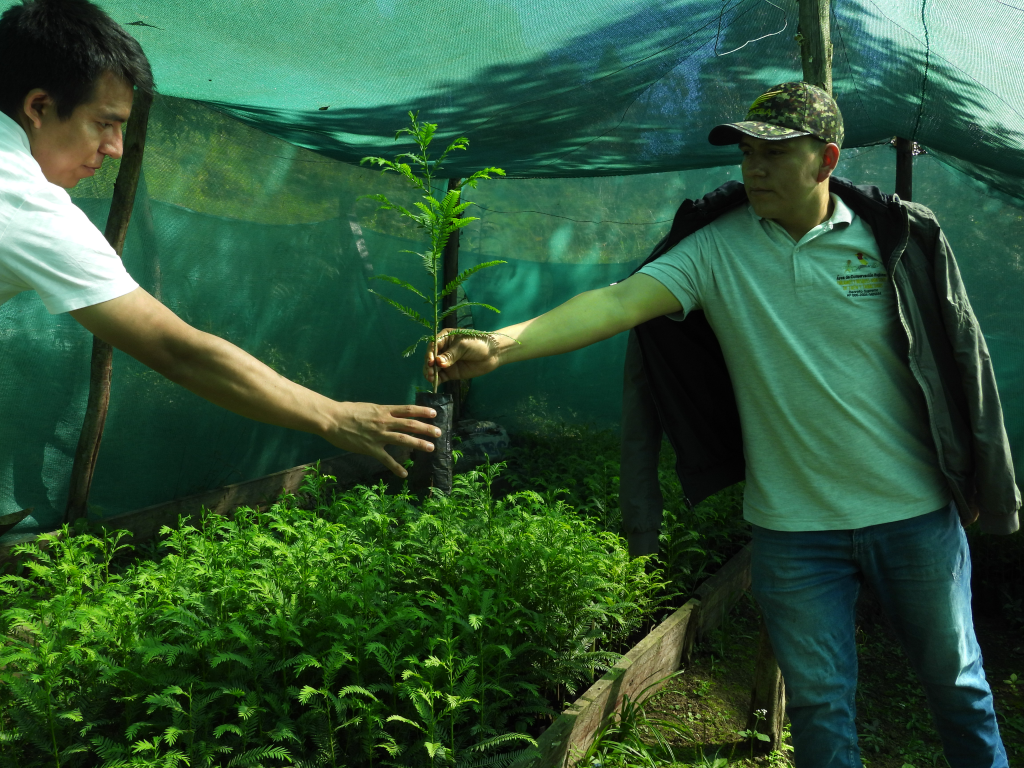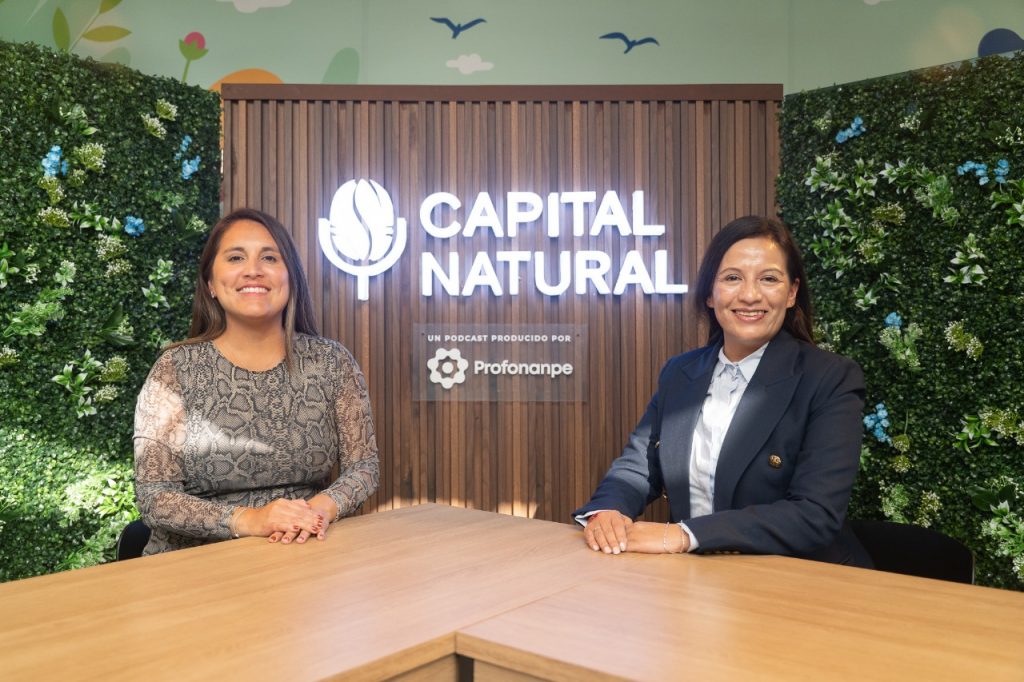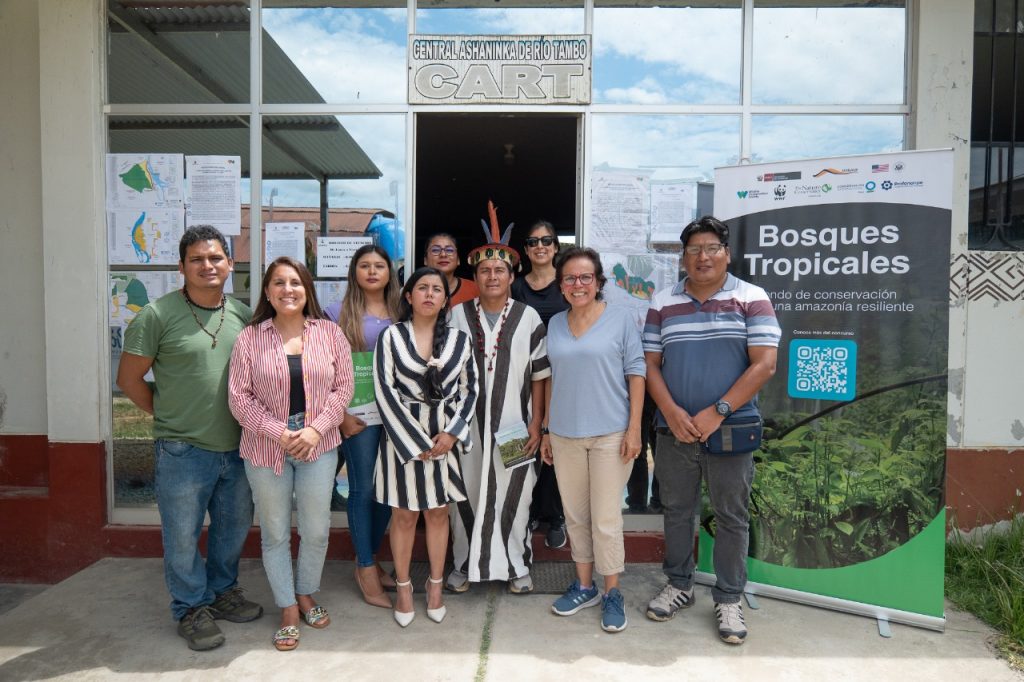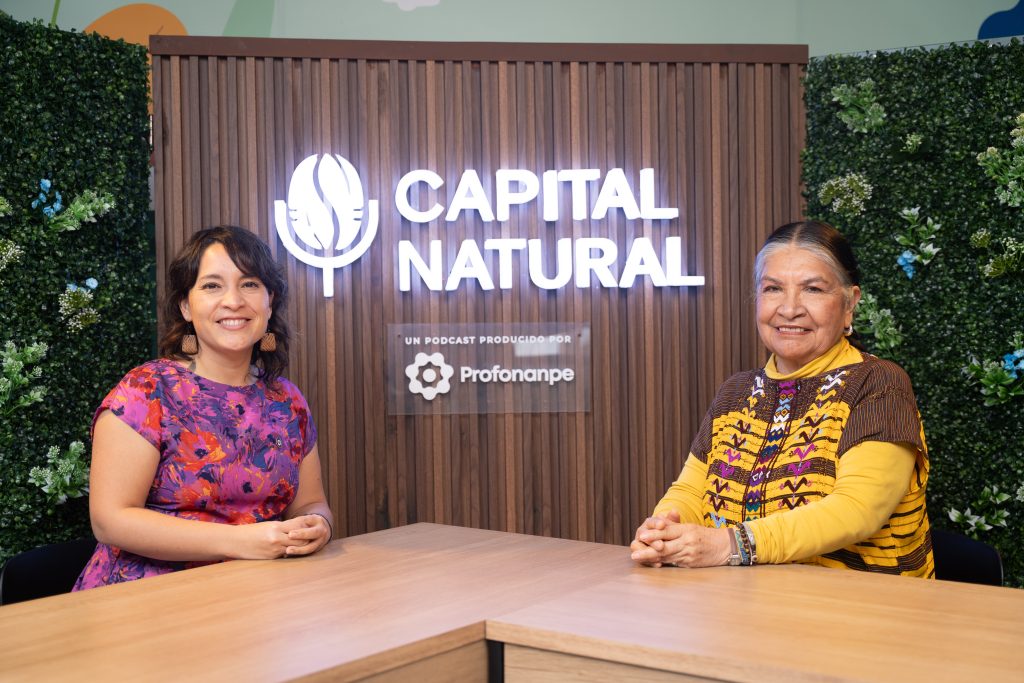First induction session via Zoom
Credits: Ángela Montero
The Conserva Aves initiative has commenced a new induction cycle for the seven winning projects of its second call in Peru, with the support of the Canadian government. This new phase marks a decisive step toward promoting the creation and strengthening of Private Conservation Areas (PCAs), Regional Conservation Areas (RCAs), and a Communal Reserve (CR) in ecosystems prioritized by the initiative to safeguard endangered, endemic, and/or migratory birds. Overall, the project aims to create, consolidate, and reinforce the management of 100 new sub-national protected areas, spanning 2 million hectares across 9 countries in Latin America and the Caribbean.
In Peru, the first call, funded by the Bezos Earth Fund, selected six winning projects to manage new territories of life for the benefit of threatened, endemic, and migratory birds, as well as the communities inhabiting those areas.
In this second edition, seven projects are driving the conservation of more than 200,000 hectares distributed in Areas of Endemism (AZE) and Key Biodiversity Areas (KBA)—true refuges for unique and threatened species. These include the White-bellied Cinclodes (Cinclodes palliatus) (CR) in Junín and Sclater’s Cotinga (Doliornis sclateri) in Huánuco, alongside other birds of great ecological value.
These initiatives do more than just protect critical habitats: they work closely with local communities to ensure long-term sustainability. Furthermore, three of the projects place women at the center of the action, recognizing their essential role in conservation and natural resource management.
Training for a Solid Start
As a starting point, the organizations will participate in a comprehensive training cycle designed to strengthen their technical, organizational, financial, and social knowledge. The goal is to ensure the proper formulation, implementation, monitoring, and long-term sustainability of the projects.
This space is facilitated by the teams from Profonanpe and ECOAN, the national leaders of Conserva Aves Peru. They will provide guidelines for project formulation, as well as training in the design and implementation of management plans, biological monitoring, and financial sustainability. All of this is underscored by a cross-cutting focus on gender, social inclusion, and communal governance.
The first session took place on July 22nd, with the participation of the technical and administrative teams from the selected organizations, along with national partners Profonanpe and ECOAN. The agenda included key guidance on technical, financial, and capacity management, plus a block focused on institutional integrity, promoted by the Risk Management and Integrity Office (OGRI).
During the induction, the Profonanpe team, led by Odile Sánchez, presented the institutional repository, management tools, and program guidelines—fundamental pillars that will support the organizations in the process of creating the conservation areas.
From ECOAN, Camila Dávila highlighted the technical support the projects will receive through six training modules covering: project management for protected area stewardship, financial management, inter-institutional coordination, technical capacity, organizational generalities, and considerations for gender equality and social inclusion.
For its part, the OGRI team, with Milagros Moscoso, Head of Risk Management and Integrity, and Estefany Ramos, Integrity Policy and Risk Assessment Specialist, led a participatory session to promote principles of good governance, transparency, and equity. Through interactive dynamics, they presented the reporting channels and institutional policies for preventing conflicts of interest and prohibited practices.
The session successfully concluded thanks to the active participation of all organizations committed to the project, laying the foundation for collaborative and ethical work. In upcoming sessions, the training will address gender focus, intercultural approach, and communication guidelines, aiming to enhance the reach, visibility, and impact of each initiative.
Working Towards a Common Goal: Conservation
This initial session marks the beginning of a continuous support process over the next 18 months. The participating organizations—CIAM, Anecap, Apeco, Pataz, NCI, Islas de Paz, and Yunkawasi—join a collective effort to:
Create or expand sub-national conservation areas.
Develop master plans and financial sustainability plans.
Strengthen local capacities.
Incorporate a gender focus.
Implement species monitoring.
The ultimate objective is to consolidate new protected areas that safeguard vital ecosystems, protect threatened endemic and migratory birds and their habitats, while simultaneously generating sustainable opportunities alongside local communities.
Contact
Odilie Sanchez
Conserva Aves Project Manager – Profonanpe
Rosa Gordillo
Conserva Aves Project Technical Specialist – Profonanpe

